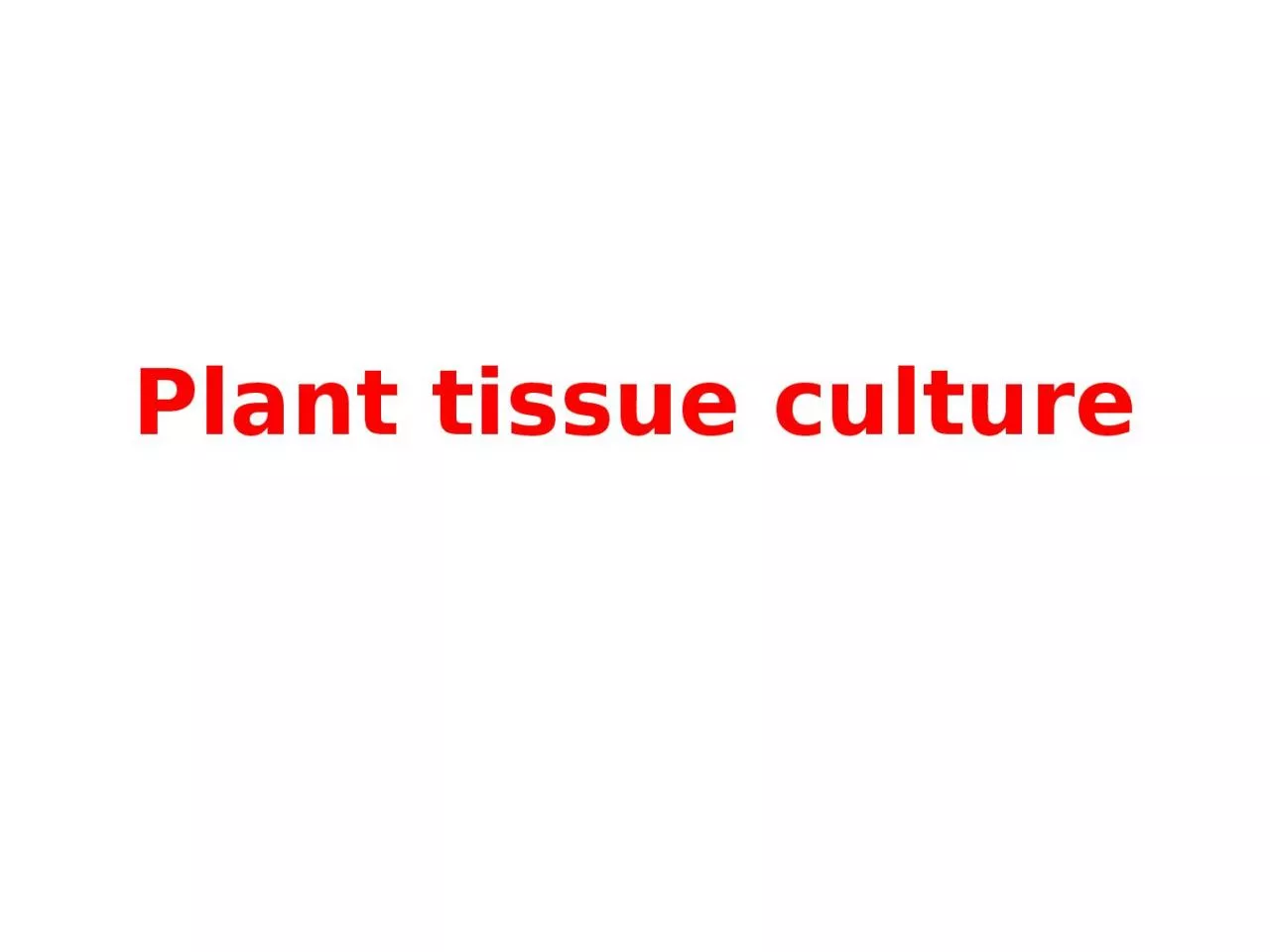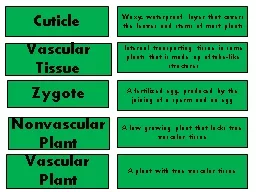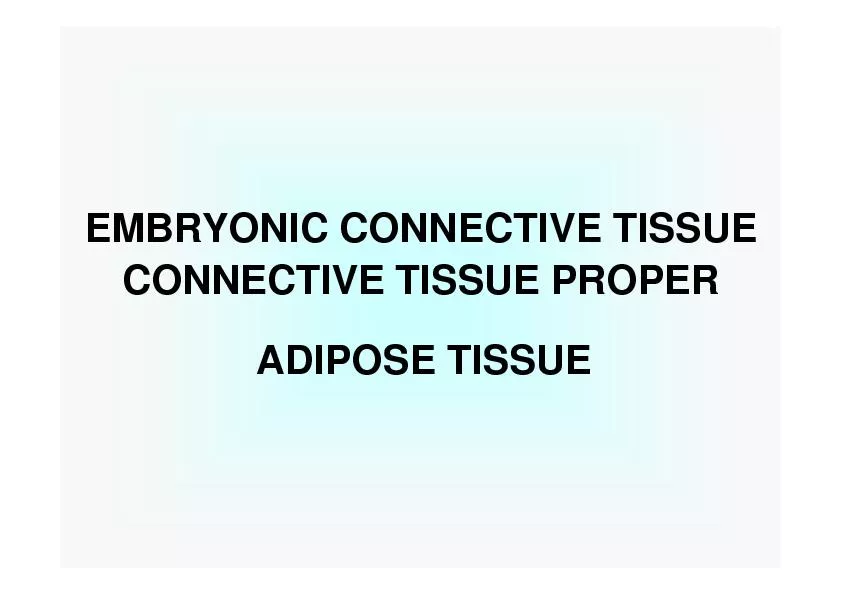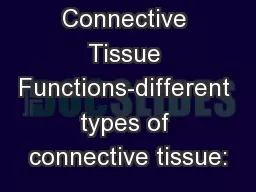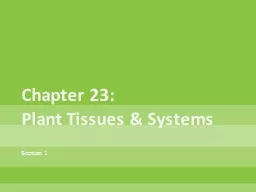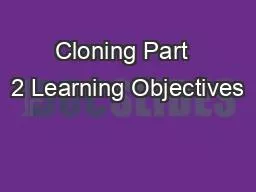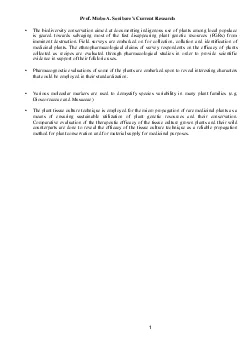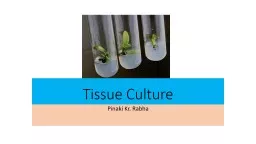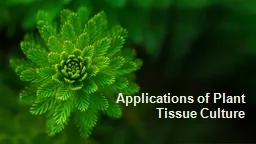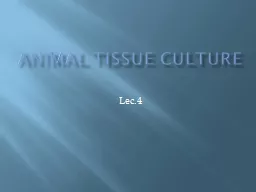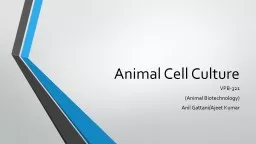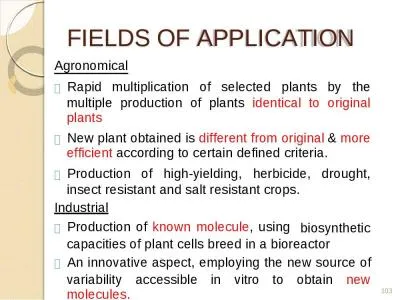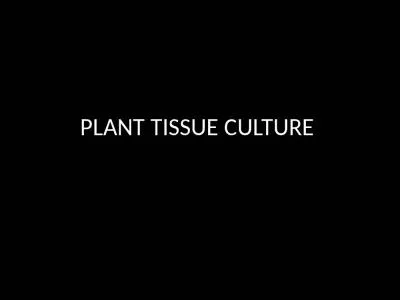PPT-Plant tissue culture PLANT TISSUE CULTURE
Author : davis | Published Date : 2022-06-14
Plant Tissue Culture is the process of growing isolated plant cells or organs in an artificial nutrient media outside the parent organism In other words it is an
Presentation Embed Code
Download Presentation
Download Presentation The PPT/PDF document "Plant tissue culture PLANT TISSUE CULTUR..." is the property of its rightful owner. Permission is granted to download and print the materials on this website for personal, non-commercial use only, and to display it on your personal computer provided you do not modify the materials and that you retain all copyright notices contained in the materials. By downloading content from our website, you accept the terms of this agreement.
Plant tissue culture PLANT TISSUE CULTURE: Transcript
Download Rules Of Document
"Plant tissue culture PLANT TISSUE CULTURE"The content belongs to its owner. You may download and print it for personal use, without modification, and keep all copyright notices. By downloading, you agree to these terms.
Related Documents

